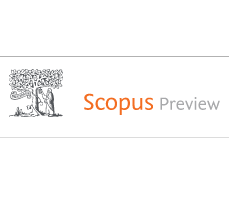Abstract
Additive manufacturing offers the opportunity to produce complex geometries from novel alloys with improved properties. Adapting conventional alloys to the process-specific properties can facilitate rapid implementation of these materials in industrial practice. Nevertheless, the processing of conventional alloys by laser powder bed fusion is challenging, particularly in cases of pronounced susceptibility to hot cracking. Previous studies have demonstrated the positive influence of zirconium on the susceptibility to hot cracking of high-strength aluminum alloys, although its influence on precipitation formation, which is immensely important for 2xxx alloys, remains largely unexplored. This work investigates the optimum process parameters and precipitation formation of 2618 modified by zirconium in laser powder bed fusion. The addition of zirconium results in the production of a crack-free, high-density (~99.9%) material. The microstructure is characterized by a trimodal grain size distribution. Very fine (~0.5 µm) equiaxed grains, nucleated by L12-Al3Zr precipitation at the melt pool boundary, followed by columnar-dendritic grains (5–15 µm long, 1–3 µm wide) and coarser equiaxed grains (1–3 µm) form during solidification.
Pour en savoir plus : Processability, microstructure and precipitation of a Zr-modified 2618 aluminium alloy fabricated by laser powder bed fusion

